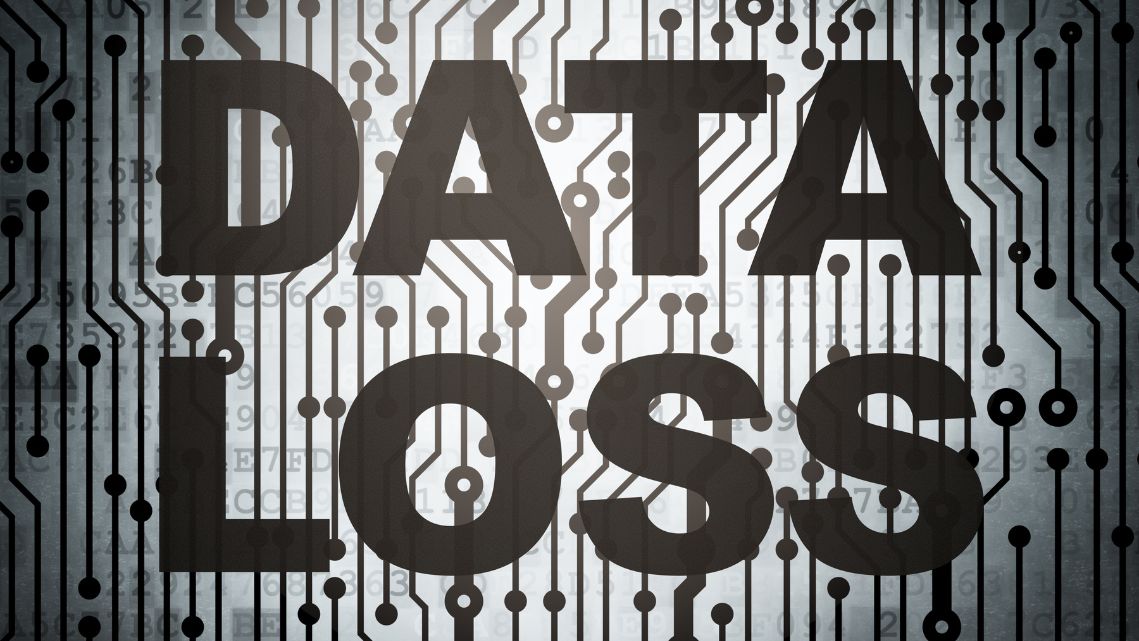Unveiling the Types of Computer Viruses
In the realm of digital threats, understanding the types of computer viruses is crucial for safeguarding your system. Let’s take a concise journey into the diverse forms of computer viruses and how they spread.
File Infector Viruses
These viruses attach themselves to executable files and infect other files when executed.
Macro Viruses
Common in documents and spreadsheets, these viruses infect files that contain macros.
Boot Sector Viruses
These viruses attach to the master boot record of a storage device, infecting it during the boot process.
Polymorphic Viruses
These viruses mutate their code, making detection by traditional antivirus software challenging.
Resident Viruses
Residing in a computer’s memory, these viruses can infect various files and applications.
Multipartite Viruses
These viruses combine traits of file infectors and boot sector viruses, infecting both files and boot records.
Worms
Worms self-replicate and spread across networks, often consuming resources and causing network slowdowns.
Trojan Horses
Disguised as legitimate software, trojans can create a backdoor for hackers to gain unauthorized access.
Spyware
Spyware monitors a user’s activities and gathers sensitive information without their consent.
Ransomware
Ransomware encrypts files and demands a ransom for their release, posing a significant threat to data security.
conclusion
From file infectors to ransomware, the diverse types of computer viruses underscore the importance of robust cybersecurity measures. By recognizing these varieties and understanding how they spread, you can better protect your digital world from potential threats.






